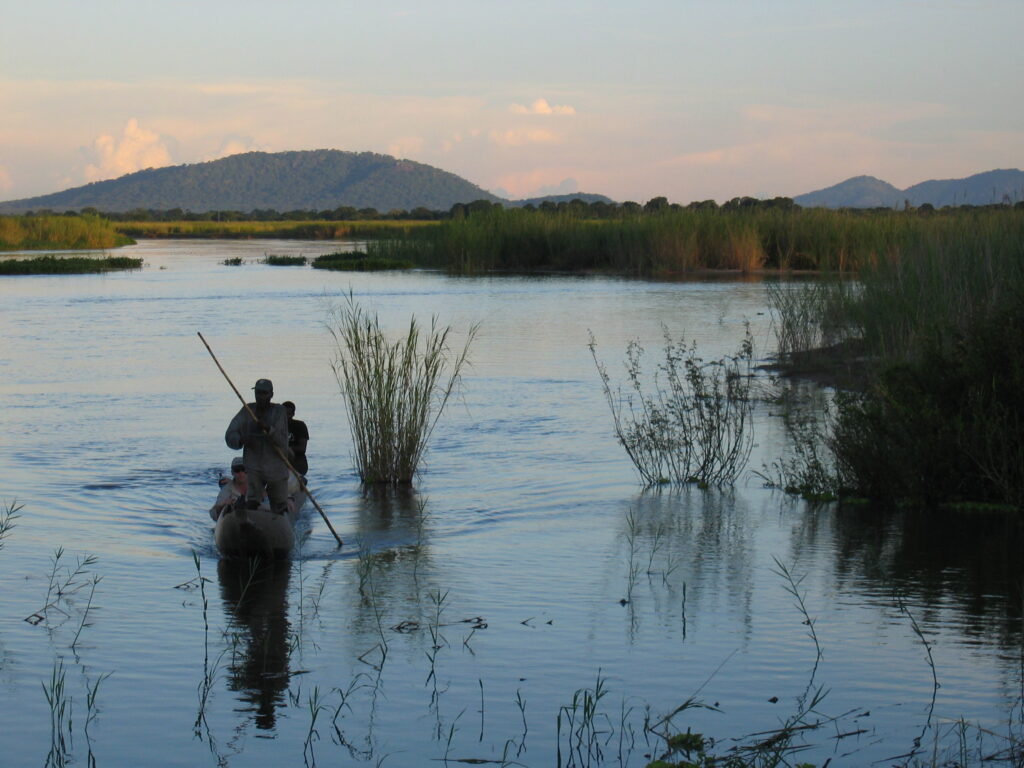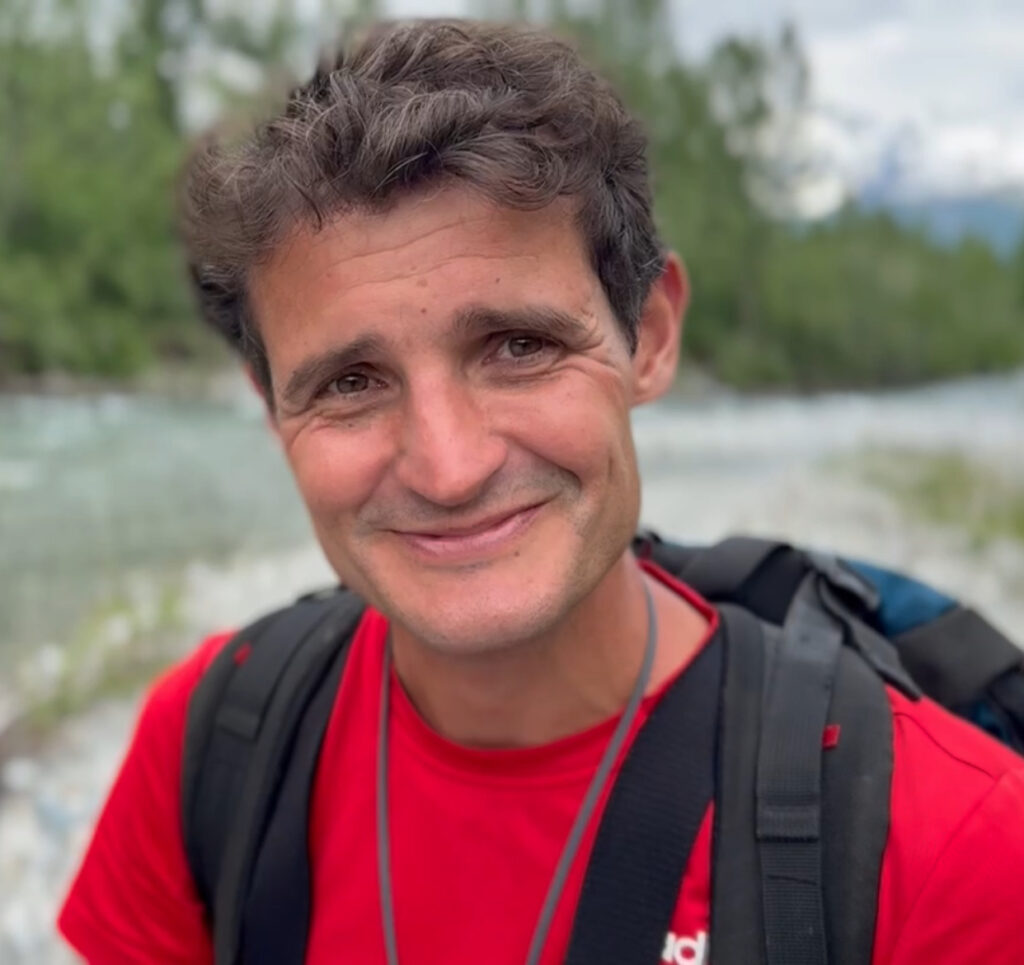In a discussion with Malaria No More, Mark Smith, a Professor in Water Science and Health in Leeds’ School of Geography and lead author of a new study, discusses how his research resulted in developing a new model for estimating the potential effects of climate change on suitability for malaria transmission in Africa and how it could eventually lead to more targeted interventions to control the disease.

Your team recently published a new climate change study that uses hydrology-driven modeling to estimate malaria suitability. How did this project come to be?
SMITH: This began about 14 or 15 years ago, when a collaborator of mine, Professor Chris Thomas, an ecologist, asked me if, as a hydrologist or someone who studies water, I had thought about looking at malaria. As a result, together we came up with a project looking at malaria in Tanzania which involved trying to understand where mosquitoes breed, based on what we know about hydrology.
Not all puddles are the same and malaria mosquitoes can be a little fussy on the types of water bodies they breed in. We found that certain types of puddles tend to occur at different times of year, so it was quite a complex landscape-based approach that we focused on. For example, if your puddles are groundwater fed, they will have a very different annual pattern of larvae productivity than if you were in a riverbed where you would only get transmission when the river flow drops. Or if you were on a floodplain, it would be different too. So, we were trying to understand patterns in terms of when mosquitoes breed and the shifting risk of transmission of malaria based on landscape and water.
This work got us to look at broader, continental scale models of malaria suitability. As a hydrologist, you are taught from the beginning that rainfall doesn't sit where it lands. It might absorb into the soil, evaporate into the sky or runoff through rivers or many other processes as well. So, we started looking at the general climatic suitability for malaria and whether including hydrology makes a difference.
This was a long journey. It wasn’t until four years ago, in 2020, that we first cracked it – in developing a hydrological model to estimate hydrological suitability for malaria transmission. That research was published as a pilot. In this latest paper, we built on that work and expanded the method.
Is there a simple way to describe this new model?
SMITH: I refer to it as looking at the environmental suitability for malaria as opposed to focusing just on the climate. Sometimes, we call it hydroclimatic or just trying to include more water body formation process into malaria modeling. But that’s still not very simple, is it?
What did your research reveal, and does it now provide a more accurate picture of where mosquitoes will breed?
SMITH: I’ve seen how our research has been reported as a ‘revolutionary new model,’ but really what we’ve done is apply a more detailed environmental backdrop to the complexity of malaria transmission. We are not trying to replace anything.
The first thing our research showed is that the transmission suitability for malaria, or environmental suitability, is a bit more complex than if we just looked only at climate. For example, we can now include river networks. When you compare our estimates to more rainfall derived estimates, river networks such as the Nile are one of the first things that jump out. Although malaria isn't there now, we know it was in the recent past and so it is suitable for malaria.
We looked both at the present day and the past to calibrate and validate our estimates, including pre-intervention maps of malaria in Africa. We also looked at different climate change scenarios at different time periods in the future to see how those also affect suitability.
In terms of future changes, both the rainfall driven models and our hydrologically informed model suggest that the area suitable for malaria in Africa will decrease. That means the overall season length is projected to decrease, which, of course, is a good thing, but when it's too hot or too dry for malaria, then you’ve got other kinds of problems.
Overall, we’re seeing that malaria suitability is much more sensitive to the choice of future emissions scenario when we include water flows.
We then intersected malaria suitability estimates with population data. For example, more people live areas around rivers which often draw large human settlements, meaning a lot more people live in areas that are potentially suitable for malaria. Urban areas are very different when it comes to hydrology, but on a broad, continental scale, we're seeing a lot more people living in areas endemic to malaria today and in future that's going to skyrocket. Even though the total area of malaria suitability is going to decrease in future, the number of people that live in endemic areas to malaria is going to increase.
Presently, we are limited to looking at 50 kilometers at a time to determine if an area is suitable for malaria. But these data sets are being updated regularly with higher resolution information and new data coming online. At this point we should be able to include an ability to differentiate between the different types of water bodies in the landscape and link these to breeding preferences. But we're going to have to wait a little bit longer before we can really start to get to the point where this is a useful product for informing and tailoring interventions.
How can this mapping now be used to reduce the risks of malaria?
SMITH: I would be the first to say that the maps that we've created are only so useful when you're looking at 50 km resolution information. It's not going to help direct and target interventions. But you do start to get an idea that there is a climatic and hydrological backdrop for interventions and can start to incorporate this into understanding international shifts in future malaria suitability and perhaps even national scale malaria programs. While I don't think we are there yet, it's perhaps not that far off.
The most exciting bit of this has been that an interdisciplinary group of scientists or researchers can come together and tackle a major problem. When you work with someone that works in a completely different field to you, you can come together and figure out what your assumptions are about each of those areas and then real insights emerge.

###


